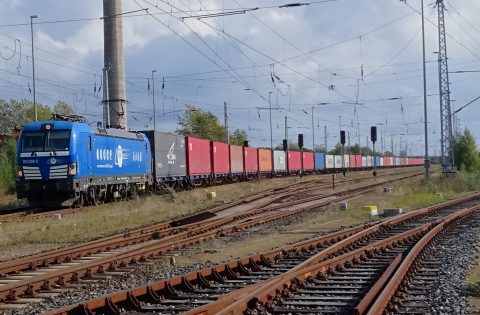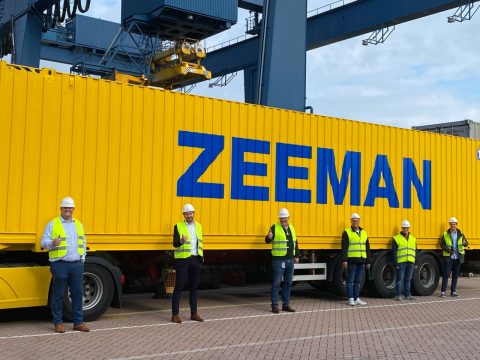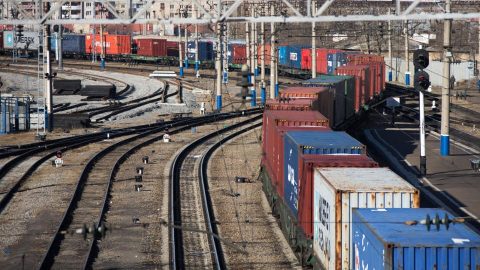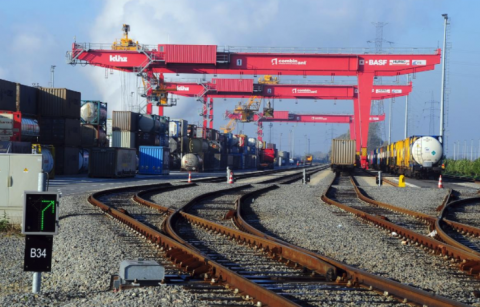Dutch freight corridor may become test facility for automated trains

Dutch inframanager ProRail wants to provide test facilities for the implementation of Automated Train Operation (ATO) systems in the Netherlands. As an inframanager supporting the current developments, it plans to invest time and money, help organise relevant activities and provide test facilities for trains equipped with ATO systems, said Alfons Schaafsma, advisor Innovation and Development at ProRail.
As the test labs for automated driving cars are popping up in the Netherlands, ProRail is looking into providing similar facilities for automated driving trains, which do not easily ride around the block. Laying tracks with this sole purpose is not realistic, therefore the inframanager is looking at existing railways where experiments would not cause any disturbances.
Test facilities
“The Betuweroute is the most realistic option for such a test facility. Due to ongoing construction work on the German side of this connection, the line is not used to its full capacity. There are moments when there is limited to no traffic. Moreover, the signalling system (ERTMS) is compatible to automated driving technology.”
For the same technical reason, the Hanzelijn between Lelystad and Zwolle is considered as a potential test facility, as this line is also equipped with the European Rail Traffic Management System (ERTMS). Moreover, the northern province of Groningen is keen to provide with test opportunities, Schaafsma explained.
Betuweroute
The Betuweroute is a dedicated freight line, constructed in 2007 with the aim to shift freight traffic from road to rail. Apart from the technical aspects of this line, its purpose is suited for the implementation of ATO systems, as drivers make long distances with little distraction on route. “There is not much too see on the some parts of these routes, such as the stretch from Dordrecht to the German border. This causes a decrease in the attention value the driver. It would be interesting if drivers can switch to an automated driving mode on such stretches, and switch back once the route requires more attention”, Schaafsma suggested.
As he points out, ProRail currently looks at such specific circumstances where automated driving could benefit the railway industry, rather than eyeing an overall implementation in the sector. Looking at the implementation of ATO-systems in this way, the future is not too far, he believes. Still, there are challenges on the road. “Investments must be made, materials must be provided and employees must be compensated in their concern of losing their job. Automated driving systems are now only taking over tasks, but in the long run, we are heading towards driverless trains, a picture not many train drivers like to see.”
Alfons Schaafsma will be speaking at the Intelligent Rail Summit held in Vienna from 28-30 November this year.
You just read one of our premium articles free of charge
Want full access? Take advantage of our exclusive offer





